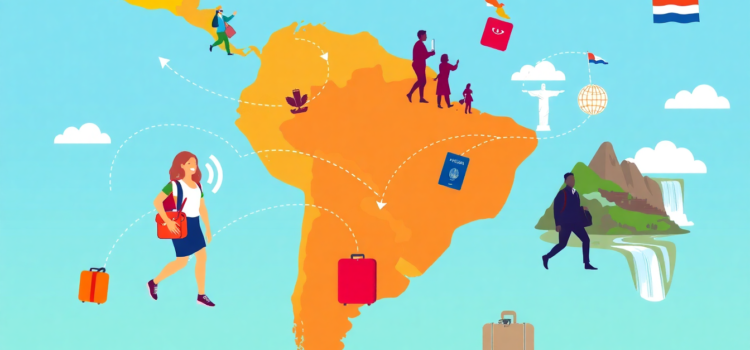
Save Up to 70% on Flights: Maximize Savings with Alaska Miles Bonus Offer
In the dynamic world of air travel, opportunities to save significantly on flight costs are always welcomed by savvy travelers. Imagine booking premium cabin or international flights at a fraction of the cost. Alaska Airlines is currently offering its Mileage Plan members a golden opportunity to do just that by purchasing miles with a remarkable bonus. With discounts of up to 70% on flights through their Alaska Airlines Miles Sale, now is the time to enhance your travel plans with substantial savings. This article outlines how you can take advantage of this limited-time promotion.
Understanding the Alaska Miles Bonus Promotion
Alaska Airlines, known for its comprehensive routes and customer loyalty programs, has announced a limited-time opportunity for travelers to Buy Alaska Miles and receive up to 70% in bonus miles. This promotion, aptly dubbed the Alaska Miles Bonus Offer, provides a chance to purchase a set amount of miles and receive additional miles at no extra cost, significantly lowering the cost per mile.
Particularly beneficial for those eyeing long-haul travel or premium cabins, this flight miles bonus offer offers substantial potential savings. Typically, purchasing miles at a discount transforms traditional flight expenses into more manageable costs.
The Benefits of Buying Alaska Miles for Flights
Purchasing Alaska Miles not only offers an immediate bonus but also allows travelers to strategically plan trips at reduced expenses. Here’s how:
- Redeem for award flights in premium cabins across myriad international routes.
- Secure availability for popular routes that often book up quickly.
- Flexibility in travel dates paired with discounted miles can equate to significant savings.
Maximizing the Alaska Airlines Mileage Plan Sale
With the Alaska Airlines Mileage Plan, members can strategically purchase airline miles beyond everyday transactions. This promotion truly shines when aligned with strategic travel planning. To optimize benefits:
- Compare the cost of purchasing miles with regular ticket prices to ensure value.
- Ensure you meet the minimum purchase requirement to access the full bonus potential.
- Check for any restrictions or terms associated with the discounted flight miles purchase.
Here’s a visual guide to conceptualize the promotion:
Strategies for Optimizing Your Purchase Alaska Miles Efficiently
While the offer is enticing, utilizing some buying tips can maximize your savings with Alaska miles:
- Review your travel itinerary to identify routes with less availability to prioritize your miles’ purchase.
- Leverage the bonus offer to book high-demand flights that typically have higher premium cabin costs.
- Incorporate other travel loyalty programs when used with the Alaska miles sale for comprehensive savings.
Conclusion
The Alaska Airlines Mileage Plan Sale is an exceptional opportunity for travelers to purchase miles efficiently and discover new ways to save on flights with Alaska bonus miles. This promotion not only increases the buying power of each mile but paves the way for cost-effective flying with Alaska miles while enhancing travel experiences. Don’t miss the opportunity to economize and enjoy more of what the world has to offer. Share your thoughts and experiences in the comments below!
Sources
- Alaska Airlines Promotions
- Travel + Leisure Guide on Alaska Miles
- The Points Guy Review on Alaska Miles Offer
FAQ
How do I take advantage of the Alaska miles bonus promotion effectively?
To maximize savings, compare miles costs against regular fares, meet the promotional purchase requirements, and align with your travel plans.
What are some Alaska miles purchasing tips?
Strategically plan your routes and match purchase timing with demand peaks. Leverage the bonus for expensive or hard-to-book international routes.
Where can I find the best deals on Alaska mileage purchases?
Alaska Airlines’ website often lists excellent sales, and travel forums may have additional insights on timing major promotions.
How does purchasing Alaska miles reduce flight costs?
By receiving bonus miles, the effective cost per mile decreases, translating to cheaper bookings on premium or long-haul routes.
Is there a minimum purchase requirement for the Alaska miles sale?
Yes, specific terms apply, often requiring the purchase of a set minimum miles to access the full bonus.











Comments